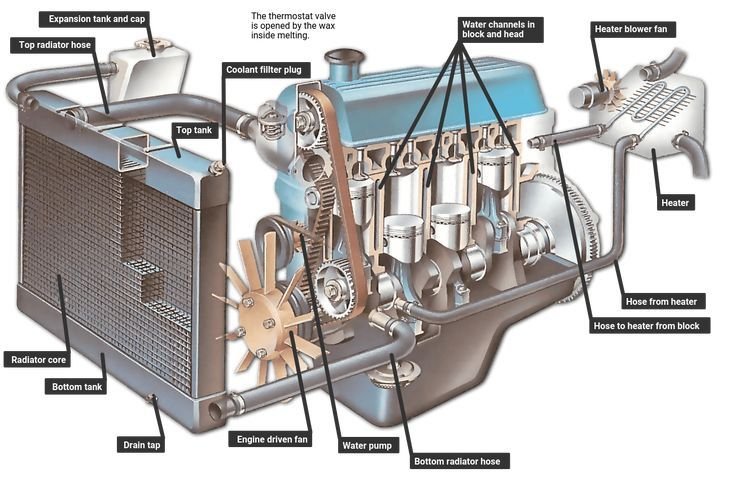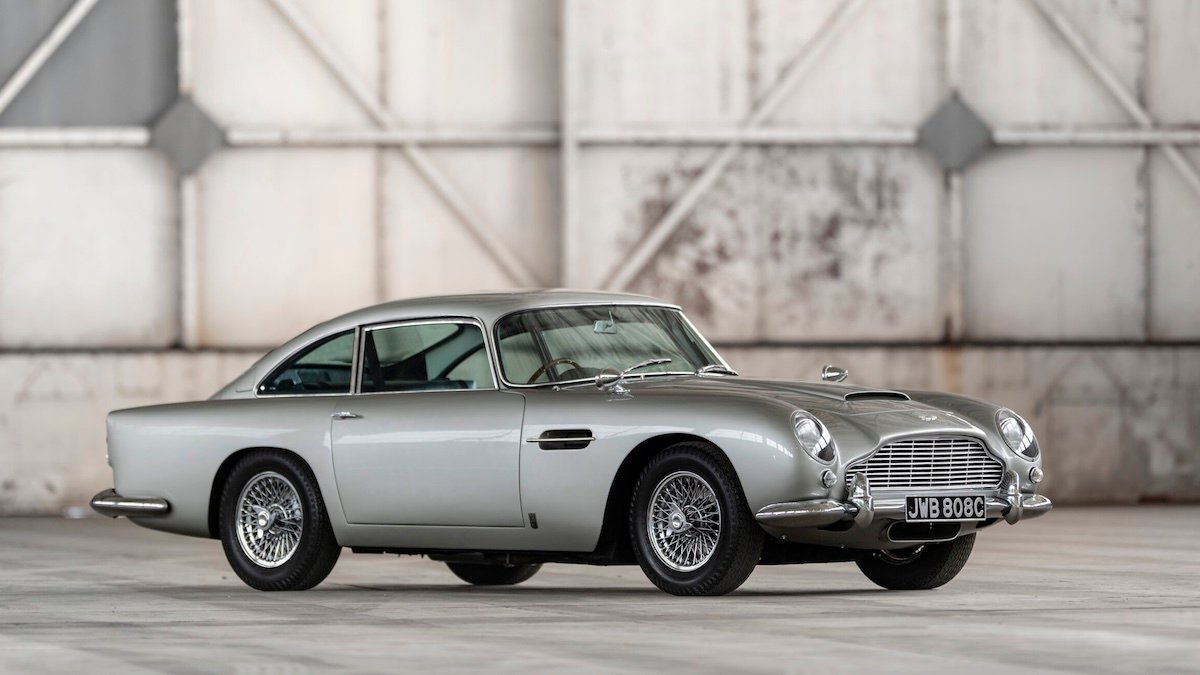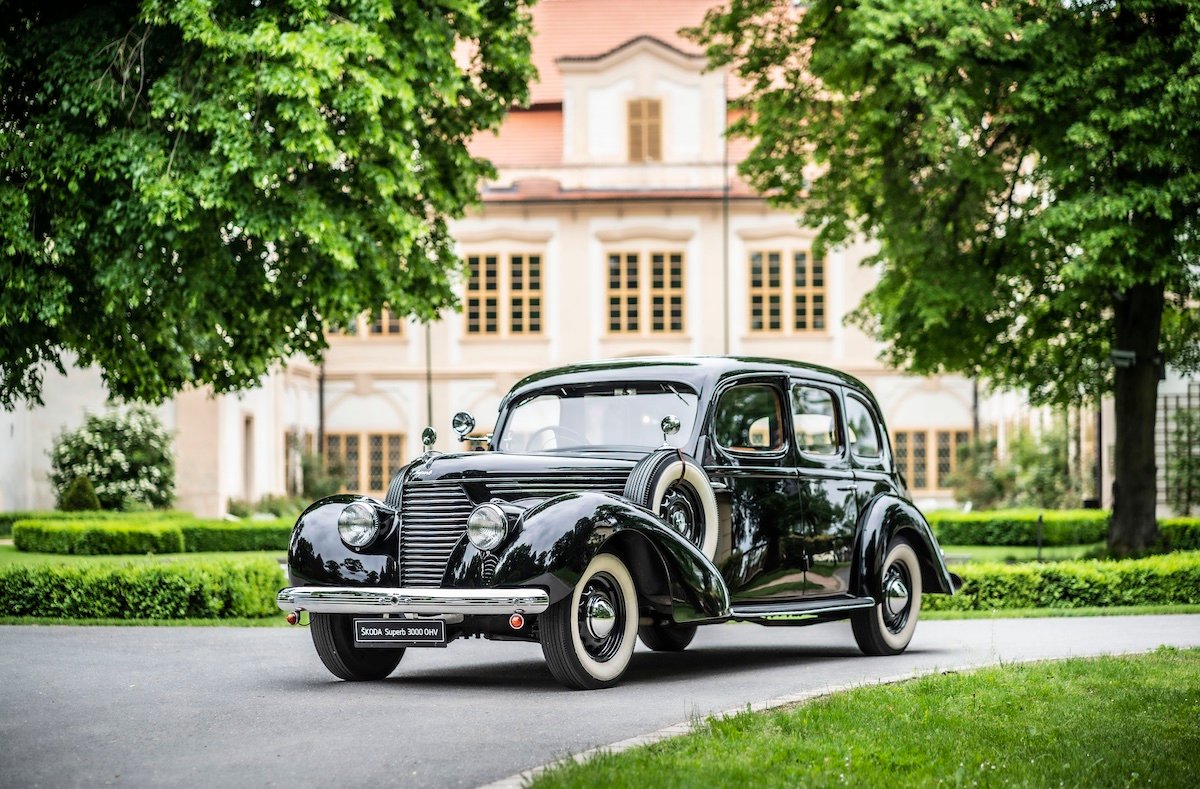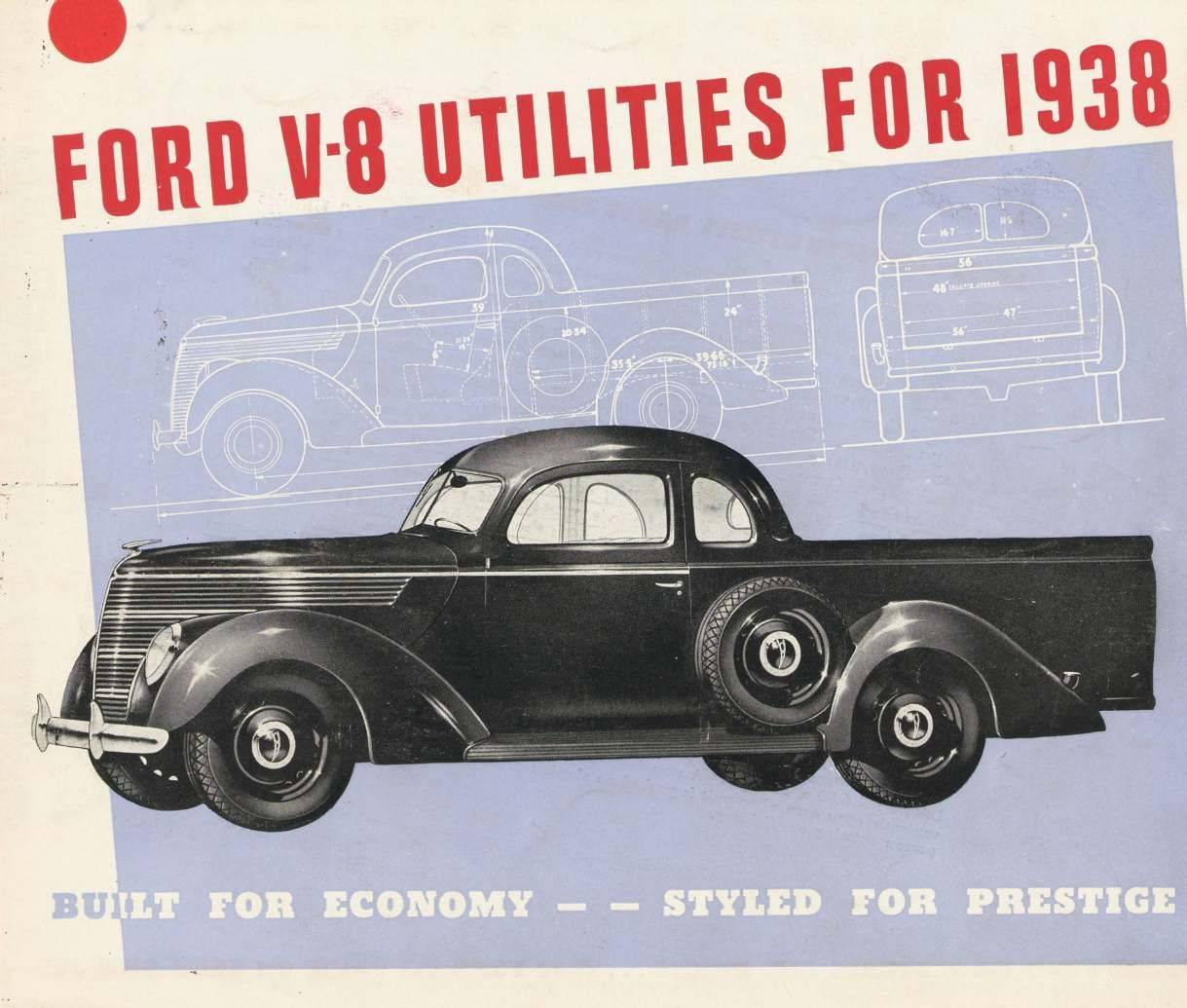How To: Essential Mechanical Tips for Buying a Used Classic
Cliff Chambers•3 June, 2024

Nobody is going to become expert in detecting mechanical faults just by reading a book or 'How To' article. What we can do here is provide readers with sufficient clues to identify an engine that's soon going to need major work.
Don’t assume just because an engine doesn’t rattle or blow plumes of smoke that everything internally is sound or a costly failure isn’t imminent. Even if it seems okay, a professional inspection is still worthwhile.
However, there are still some obvious checks a buyer can perform that involve looking, feeling, listening and smelling.

Checking Out the Engine & Cooling System
Before your test drive and with the engine cold – see ‘Test Driving’ – remove the radiator or overflow tank cap to check the colour and cleanliness of the coolant. Many engines built during the past 40 years have alloy cylinder heads which require anti-corrosive coolant, not plain water. Corrosion-inhibiting coolant comes in a variety of colours but they certainly don't include rusty brown.
Engine oil should be at the correct levels – take your own rag to wipe the dipstick before checking the level. Dirty oil indicates neglected maintenance. If there’s a gooey or milky residue inside the oil filler cap or showing on the dipstick it’s a fair bet that the cylinder head has cracked or a head gasket is leaking.
Overhead-camshaft engines have their own sets of problems, including wear to the camshaft lobes that will cause ‘chattering’ or clicking sounds. The timing belt or chain that keeps the shaft turning in unison with the pistons is a vital component and must be changed or adjusted regularly. If a chain is loose or a belt slips or breaks, valves can hit the pistons and cause extensive damage.
If the vehicle doesn’t come with a receipt confirming replacement of the cam-belt within the past 60,000 kilometres or three years, budget for immediate belt replacement when negotiating the purchase price.
Rumbling or knocking from inside the engine can indicate crankshaft, bearing or piston wear – all expensive to repair and deal-breakers unless you can rebuild the engine yourself or purchase the vehicle with the cost of these repairs baked in to the price.
Don’t forget to inspect the exhaust system as far as is possible for leaks or damage. Petrol-engined cars and commercial vehicles built since 1986 have catalytic converters to minimize exhaust emissions. Most of those original ‘cats’ are now very dead; their condition affecting engine performance and likely to fail emission tests that may be conducted as part of some State roadworthy inspections.
Cars built during the past 25 years will usually be equipped with fuel-injection – reliable and economical when well-maintained but thirsty and expensive if neglected. Engines that are difficult to start when hot, blow black exhaust smoke and stutter under acceleration will likely be suffering a fuel system malady.
Some problems can be cheaply rectified, others involve replacement of electronic sensors or the injectors themselves and all of that can be very costly.
Turbochargers that are fitted to some cars and a lot of diesel-fuelled 4WD and commercial vehicles need special attention. Heat generated as exhaust gas passes through the turbocharger affects nearby components, so look for burned or missing insulation or taped-over wiring. Failing turbochargers emit white smoke due to oil getting past internal seals.
Overheating is a common problem with older cars. Frequently, the remedy is a radiator flush, new coolant and maybe a water pump but that won’t cure damage that has already occurred. Look at hoses for leaks and cracks and stains around the water pump. Rust marks or leaks from the radiator core – the finned section below the top tank – provide further evidence that repairs were neglected.
Engines have rubber mountings that deteriorate with age and can break. You can often see the front mountings by looking down beside the engine. Use a small torch for extra illumination. Thumping from the cabin floor or ticking noises due to the fan blades hitting their shroud suggest a worn or broken rear mount.

Checking Out the Gearbox & Drivetrain
Checking the fluid level in an automatic transmission can be difficult. Most need to be dipped when warm and with the engine running to give an accurate reading. Still, check the oil on the dipstick which should be red, not dirty brown or black and be concerned if it smells burned or has a gritty feel.
The oil level in a manual gearbox is even harder to see, but excessive heat and gear selection problems can be a giveaway. If the car has a floor-shift, feel the metal shaft of the lever after a test-drive. If it’s hot after just a few kilometres and gears become harder to engage, the gearbox is likely short on lubricant.
Visually inspecting a manual or automatic transmission for leaks will be difficult unless the vehicle is on a hoist. If the rubber or vinyl boot around the gear-lever is torn or loose, this must be repaired so fumes don’t enter the cabin.
Changing down when a manual gearbox is cold can reveal worn synchromesh which makes selecting the desired gear difficult. Shifting quickly from third to second gear is a good test, as is selecting reverse immediately after the vehicle has stopped.
If engine revs rise when the accelerator is pushed but the cars doesn’t gain speed, suspect a slipping clutch. A faulty clutch may also shudder or squeal and emit a burned smell.
An automatic transmission that takes more than two seconds to engage when a gear is selected has potentially expensive problems. If the vehicle shudders when accelerating this can be due to contaminated fluid or worn clutch units. Difficulty selecting lower ratios with kickdown (flooring the throttle) or even manually signifies other problems including electronic-sensor failures.
Knocking sounds can be due to loose bolts where the transmission's driven plate mates to the engine. This isn’t difficult for a technician to check as autos have inspection covers, but if there is a problem the transmission must be removed from the vehicle to be repaired.
Cliff Chambers

Get The Latest
Sign up for the latest in retro rides, from stories of restoration to community happenings.
 '1972â73 1-1024x675.jpg)




